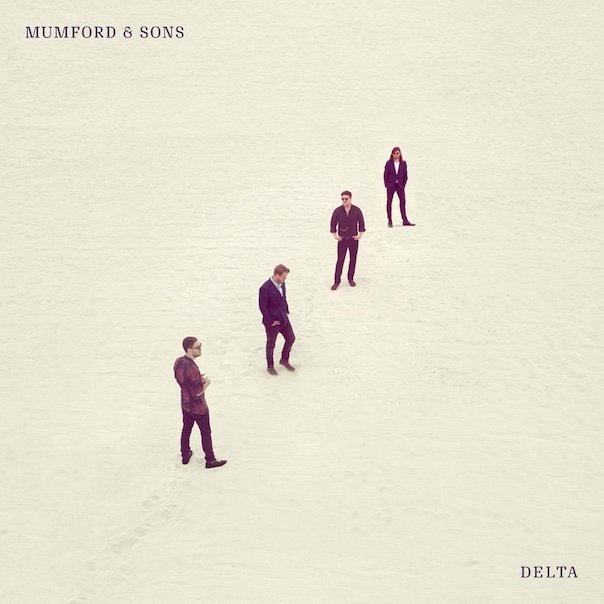ALBUM REVIEW: Mumford & Sons search for evolution with ‘Delta’
Since the release of Wilder Mind in 2015, Mumford & Sons have experimented with breaking out of their folk rock bubble. Their new album, Delta, positions itself as a somewhat experimental, yet entirely familiar, addition to the band’s discography. If Wilder Mind made a stab toward Top 40 alt-rock, Delta doesn’t quite make the leap to “something new.” Only a few songs that stand out amid Mumford & Sons’ familiar sound. With an album title like that, predictability likely isn’t something the band wanted to achieve. It’s not to say the songs are bad; but it is stuff the band’s audience has heard before.
Delta
Mumford & Sons
Island Records
As with their last album, Mumford & Sons again show they’re willing to leave the banjo and upright bass in their cases, and the folk tropes at home. Those tropes happen to be what turned frontman Marcus Mumford, Ben Lovett, Ted Dwane and Winston Marshall into the leaders of the folk-rock moment. Without them, they’re a pretty good, though indiscernible, rock band.
“Picture You,” about finding love at first sight, features heavy fast back-beats with electronic accompaniments. Those elements combine to build a track that sounds almost nothing like the Mumford & Sons of the past. It’s a pop song, with R&B flourishes. The same is true for love song “Rose of Sharon,” with its synth opening and clap-along beat. If Wilder Mind was the band’s rock record; Delta is a pop record.
The band does, at times, hew closer to its roots. “Wild Heart,” (yes, another love song) emphasizes acoustic guitar-picking, piano, and arrangements that are heavily reminiscent of its 2009 debut album, Sigh No More. The hopeful, forward-thinking “Forever” is a simplistic piano and vocals track. While not as explosive as previous material, feels like it could have been a holdover from the Wilder Mind sessions. “Guiding Light” overtly calls back to “Little Lion Man.” That song, as well as others like “Beloved” are proof that Mumford & Sons will always retain a bit of who they were when they were getting started in London’s underground Americana and folk scene.
The most experimental track is “Darkness Visible.” It’s more or less an ambient electronica interlude between “Picture You” and “If I Say,” toward the end of the album. This detour from everything else drips in indulgence, yes, but also Zooropa-era U2. Anyone familiar with that band knows that Zooropa, and Achtung Baby before it, was an attempt to escape the band’s roots in earnest rock.
“Darkness Visible” features an ominous spoken word delivery over a thumping bass drum and dissonant strings in the first half of the song. At the halfway mark, the band breaks into a full-blown arrangement of electric guitars, piano, strings, and the same steady drumbeat, but loses the lyrics, leaving listeners to figure out what they just heard. An entire album of this would be worth listening to.
While Mumford & Sons may not have a firm grasp on who they’re trying to evolve into just yet, they’re trying to figure that out. There’s no way of knowing what this experimentation will do for them, but if they want to get weird, they’ve shown at least one direction that makes for a compelling listen.
Follow writer Piper Westrom at Twitter.com/plwestrom.

